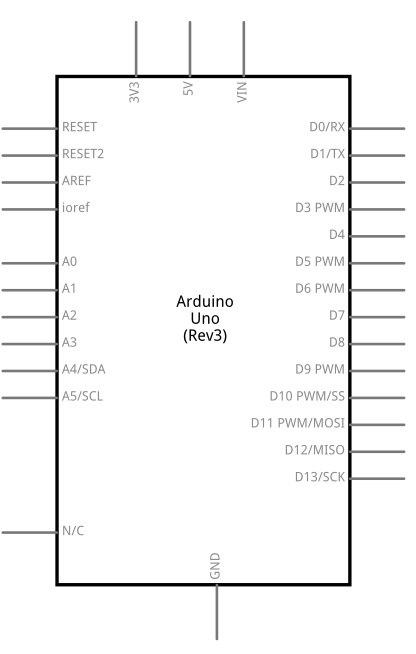Arduino Serial Encoding And Decoding In Communication
Had a quick look at code Your speed is set by the value of an integer it seems int wpm = 030; so if you read a pot or whatever variable and set wpm to a suitable value between say 5 and 30 that should slow it no? I've got another program with an innovative approach to morse which created an array containing the letters and numbers in a matrix also I will try to find and post it here. My first look failed to find that but I will post it here if I find it The trouble with fools is that they do not realise their foolishness.
Used for communication between the Arduino board and a computer or other devices. All Arduino boards have at least one serial port (also known as a UART or USART. A Morse encoder / decoder for the Arduino. 3 input methods for decoding and encoding. - ASCII text via serial communication (for encoding.


These forum sitters you have here are a pain. They don't try to help really. What they do is jump in and confuse the thread. You don't know anything about a situation unless you have experienced it specifically yourself! Period I suggest you stop wasting peoples time who come here for an answer. Leave the answer to someone who does know.
Nokia Mobiles Theme Maker. In my case the answer was simple but I found it on a more sensible forum -not this circus. I've made some progress. After a little experience with the device the code I need does seem to be trivial. I've de-bounced it with 2 0.1 caps and 2 4.7k resistors. Put the 5 components on a little board. Edit: It seems.1uf is too high.
Perhaps.01uf is better. I say this because there was a double speak every time I moved the control. Like: 49 48 I solved the problem in software by the line delay(1); I now increment and decrement by 5.
The decoder does not need a precise value. Yea for that This has been most helpful. WB7FHC's Morse Code Decoder v. Given that dots and dashes occur with equal frequency, and that a dash is 3 times longer than a dot, it should be easy enough to automatically adjust for speed by taking a combined average of dots and dashes.
Then anything that has a longer duration than the average value is a dash and anything shorter than the average is a dot. For example, let's assume that at some particular speed, a dot is 100 ms and therefore a dash will be 3 times that, or 300 ms. If you calculated the combined average of all incoming dots and dashes you would get 200 ms. Hence anything shorter than 200 ms is a dot and anything longer than 200 ms is a dash. That's a pretty good margin of error. The only remaining problem is to buffer all of the incoming data until you get a sufficiently good average value, so that you can go back and decode the very beginning of the message. Have added a rotary encoder to adjust wpm.
Changed the parser. Added a few features. If anyone wants to see the revised code post here. Have ordered ne567 tone decoder. This is needed to receive code 'off the air'. It will follow the mic pre amp.
I would really like to add the ability to read a file or have one come in from the terminal and produce code to record. My attempt to copy & paste text to the terminal or print to the terminal or emulate typing have failed.
I'm sure it's because I'm a rank amateur at programming. I tried to add an LCD backpack but it used too much memory variable space.
If I can get a display to work a computer would not be necessary. Hoping someone with experience will help me improve this project.